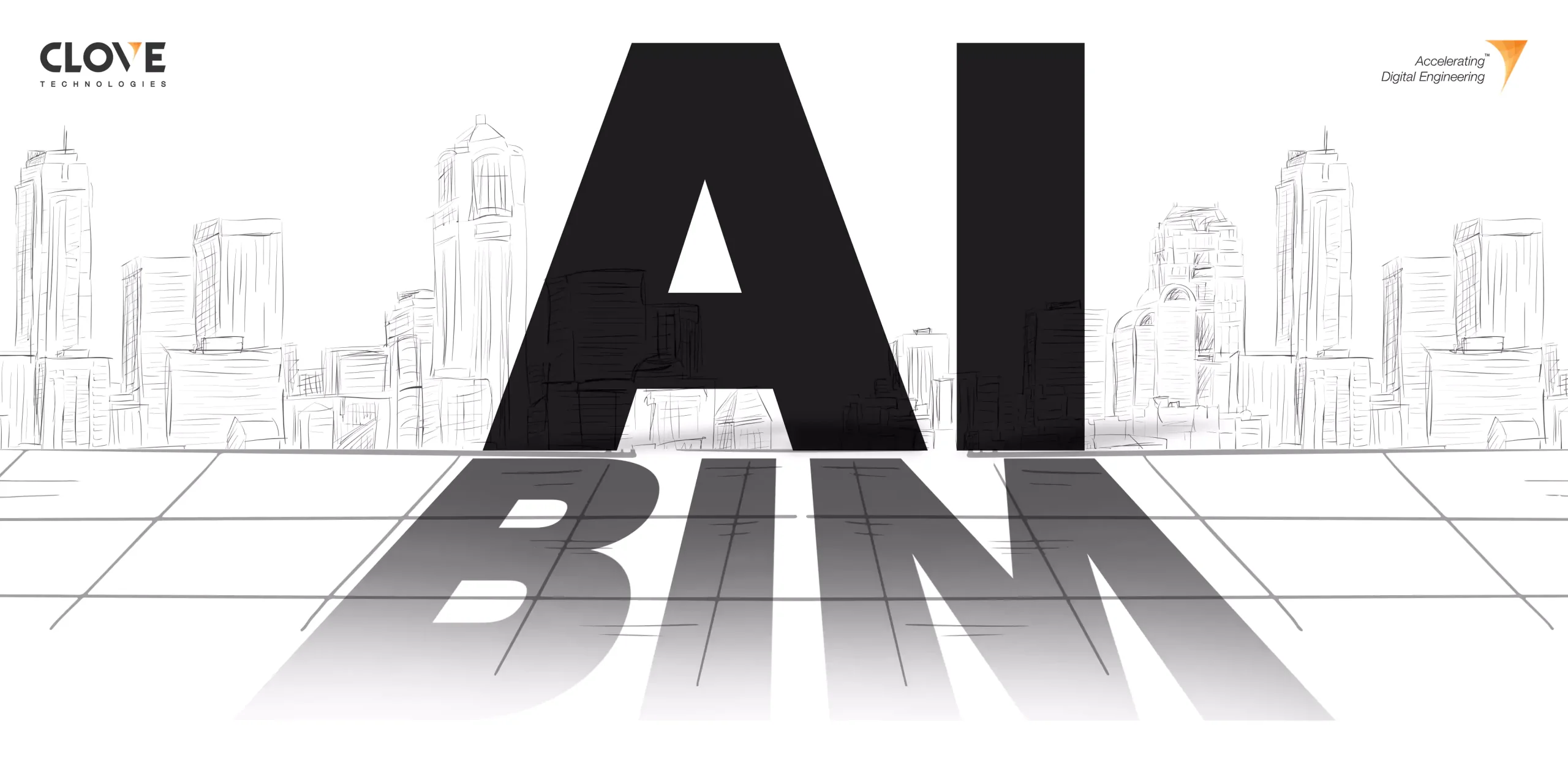
What is Agentic AI?
Agentic AI refers to artificial intelligence systems that act proactively and autonomously, making decisions, initiating actions, and pursuing goals with minimal human input. Unlike traditional AI, which responds to explicit commands or inputs, Agentic AI systems behave like “agents” capable of planning, reasoning, adapting, and collaborating in complex environments.
Agentic AI significantly enhances BIM by
| BIM Functionality | How Agentic AI Helps |
| Clash Detection | Identifies and autonomously resolves clashes between architectural, structural, and MEP models. |
| Design Optimization | Continuously optimizes spatial layouts, energy models, and structural elements. |
| Change Management | Tracks changes and autonomously updates models across stakeholders. |
| Construction Sequencing | Generates optimal construction phasing and schedule adjustments. |
| Data Validation | Ensures all design data follows standards, without manual checking. |
Evolution of AI in BIM/AEC Industry
1980 → The Dawn of Digital Intelligence
Expert systems used for basic construction planning.
2004 → Rule-Based Revolution
Rule-based AI methodologies used in CAD and early BIM tools.
2010 → Predictive Intelligence Emerges
Machine learning aids in predictive scheduling, cost estimation.
2015 → Vision-Powered Workflows
Deep learning for image-based inspections and point cloud processing.
2020 → Smart Design & Conflict Resolution
AI-driven clash detection, generative design begins.
2023 → Rise of Agentic AI
Emergence of Agentic AI – proactive model validation and automation.
2025 → Autonomous BIM in Action
Widespread use of agentic AI for autonomous BIM coordination.
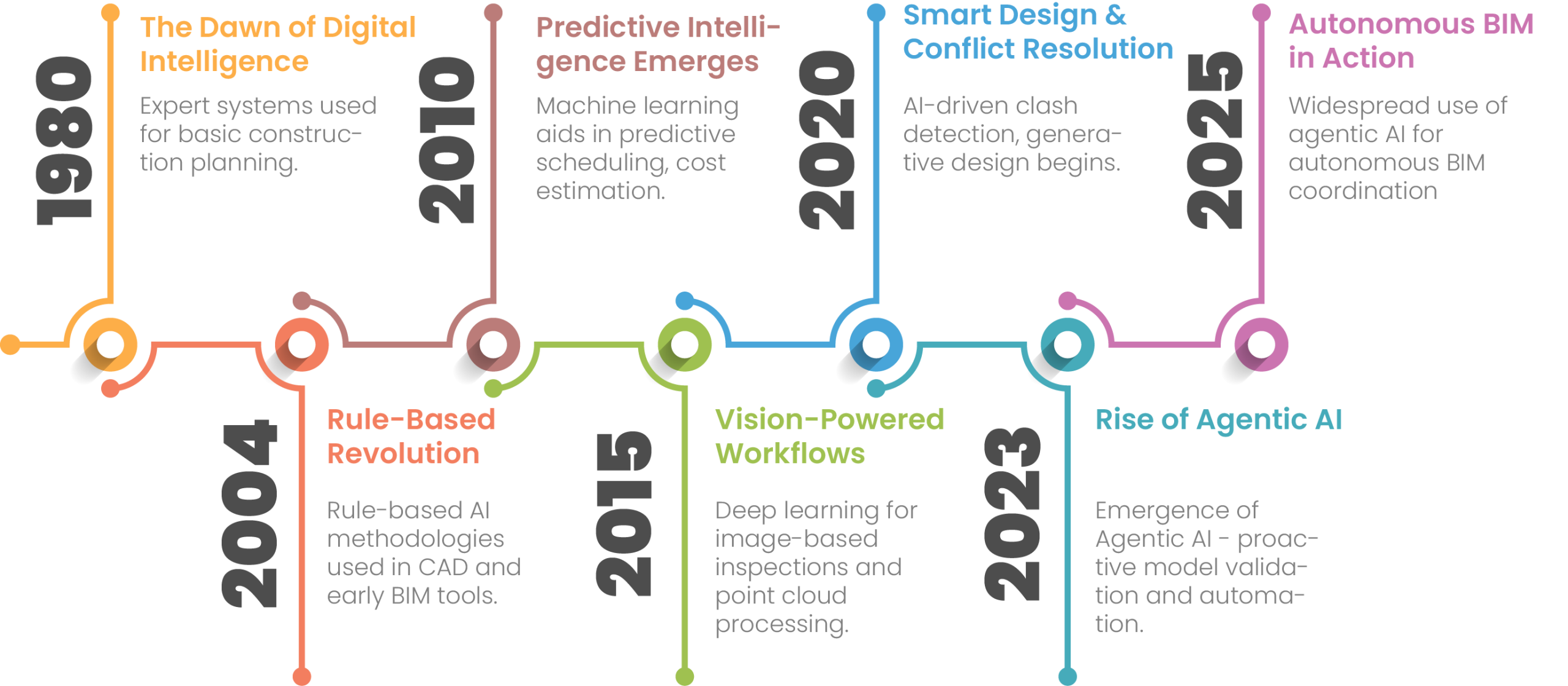
| Issue Category | Without Agentic AI | With Agentic AI |
| Clash Detection | Manual & delayed | Real-time & autonomous |
| Design Errors | Detected late | Prevented proactively |
| Coordination Teams | Requires constant human sync | Auto-synced models across |
| Schedule Delays | Frequent due to rework | Reduced via predictive actions |
| Data Consistency | High human error risk | Auto-validated and corrected |
We tackle these issues and clear paths for our clients using AI to BIM. Here is the standard workflow.
At Clove Technologies, we address these concerns through a structured and supportive implementation process. First, we work closely with clients to clean and prepare their data, ensuring accuracy and relevance. Our AI models are trained specifically on AEC datasets, offering industry-specific outputs that enhance decision-making.
Automated Clash Resolution: Their agentic AI bots identify and resolve model clashes without waiting for human intervention.
Rule-based Compliance Agents: Ensure all models follow country-specific BIM mandates (like ISO 19650).
Learning from Projects: Agents analyze previous project data to suggest optimal MEP routing, structural supports, or spatial utilization.
Auto-Iteration: Generates design variations instantly based on changes from architects or engineers.
Clove reports a 40-60% reduction in rework, 30% faster coordination workflows, and enhanced model accuracy in large-scale projects.
Agentic AI is transforming BIM by shifting it from a reactive modeling tool to a proactive digital twin ecosystem. Its role in automating coordination, enhancing model integrity, and speeding up project timelines is critical in addressing the inefficiencies traditionally faced in the AEC industry.
As leading firms like Clove Technologies adopt and implement these systems, we are witnessing a new era of intelligent construction, where buildings aren’t just designed, they evolve intelligently throughout the project lifecycle.
Automation with AI and ML, Application Development, Scan to BIM, Scan to CAD, Drone Survey, 3D Laser Scanning, Ground Penetrating Radar, Mechanical BIM Modeling, Electrical BIM Modeling, Plumbing BIM Modeling, Fire Protection BIM Modeling, BIM Projects, AI and Drone Technology, BIM Software, AI for feature engineering, Clove Technologies, Scan to BIM
Discover more of our innovative blogs
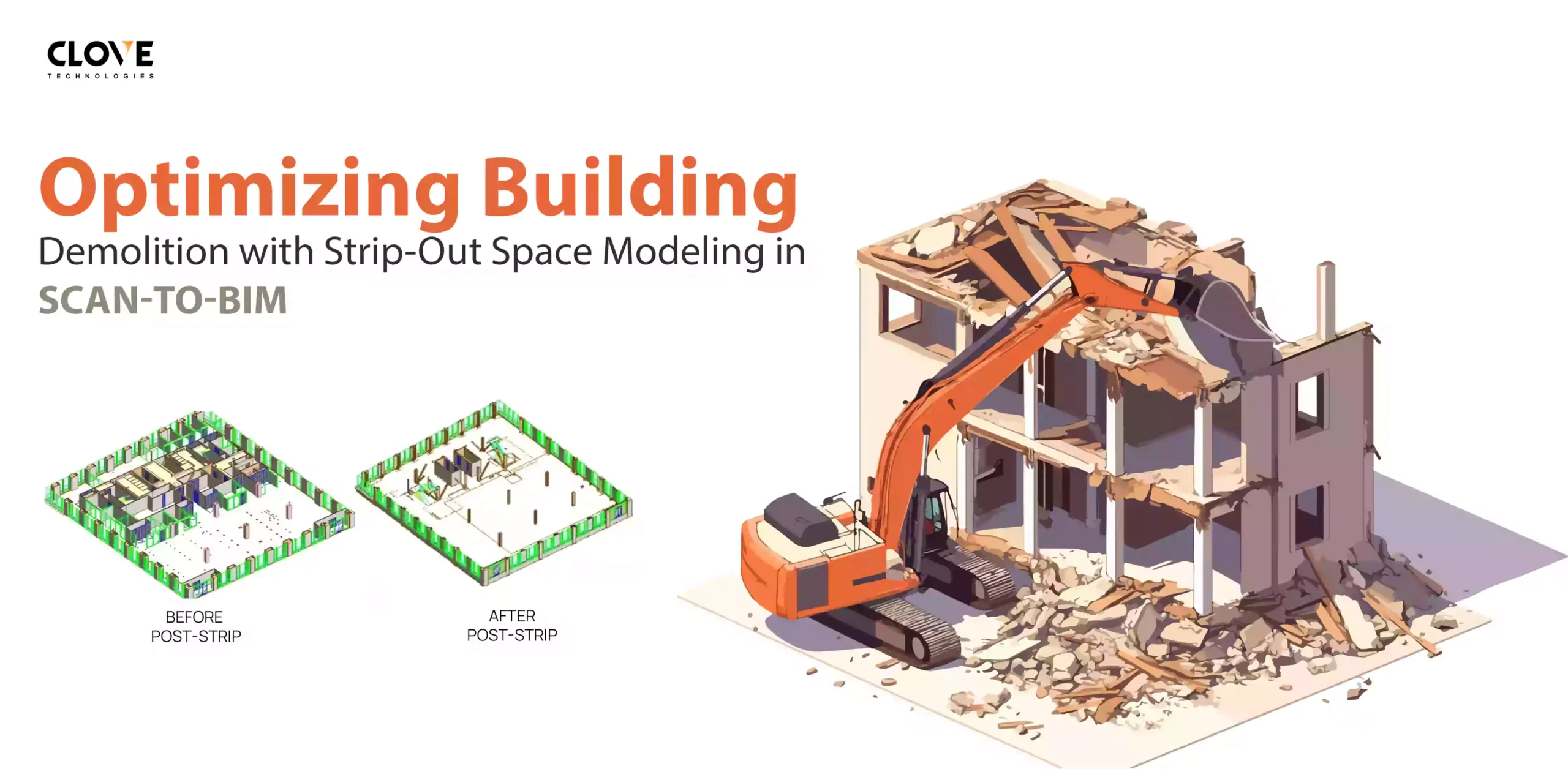
Scan-to-BIM for Demolition: A New Standard in Building Deconstruction
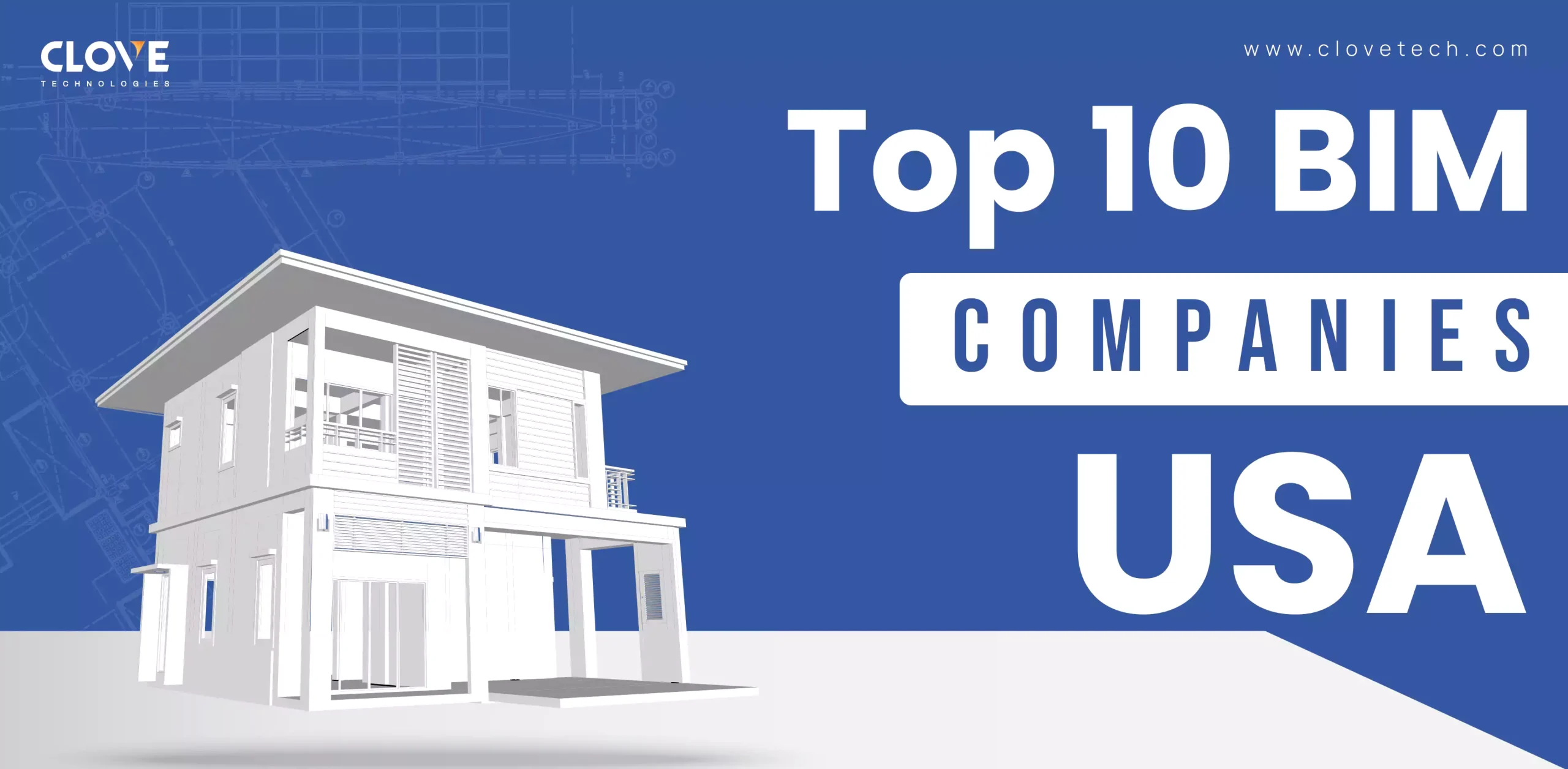
The Best BIM Service Providers Across the USA
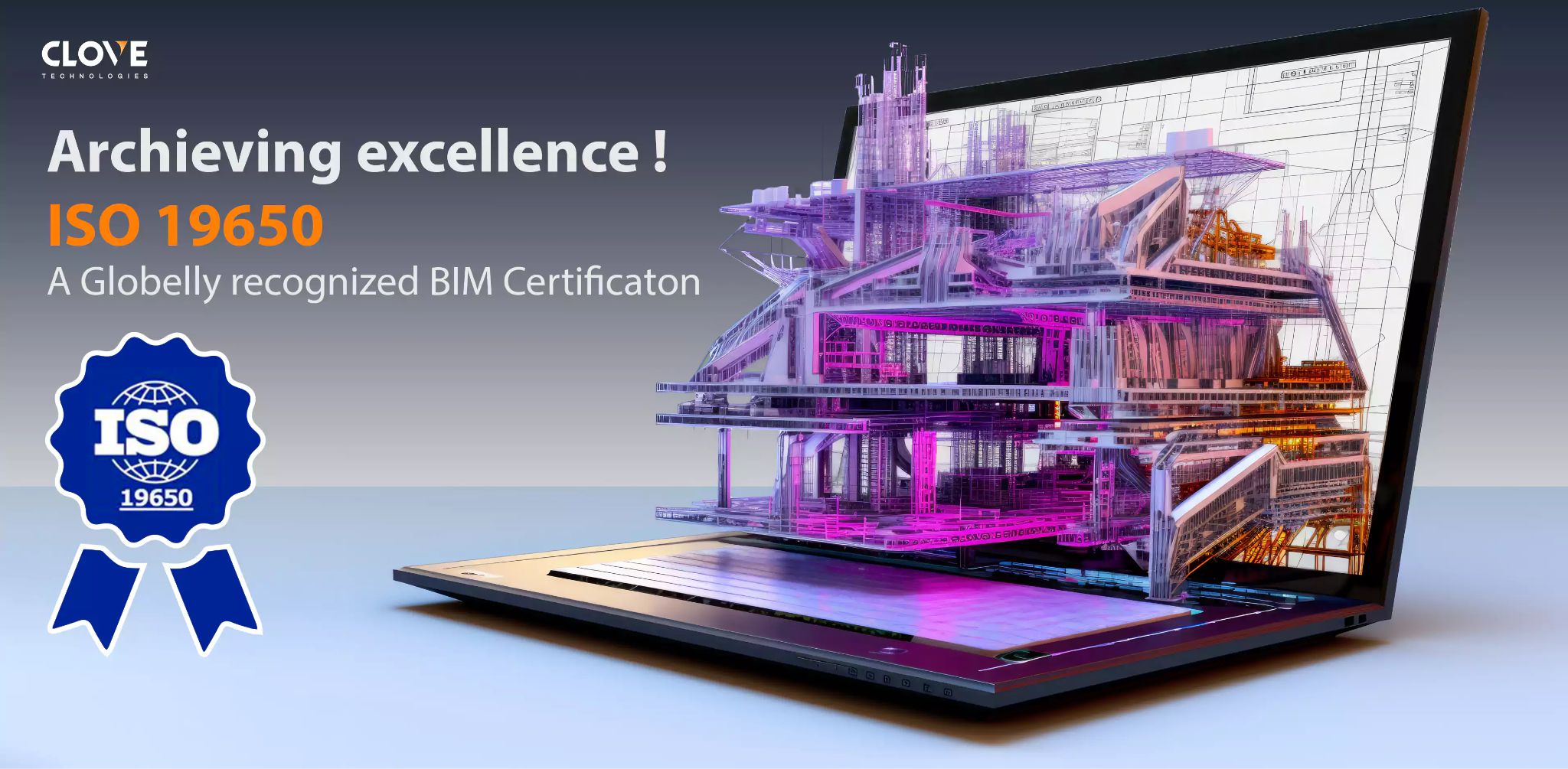
CloveTech’s Commitment to Quality Recognized with ISO 19650 Certification

BIM Software Utilization in India’s AEC Industry 2025
Let's Talk
Let’s discuss your requirements and see how our expertise can help on your next project.